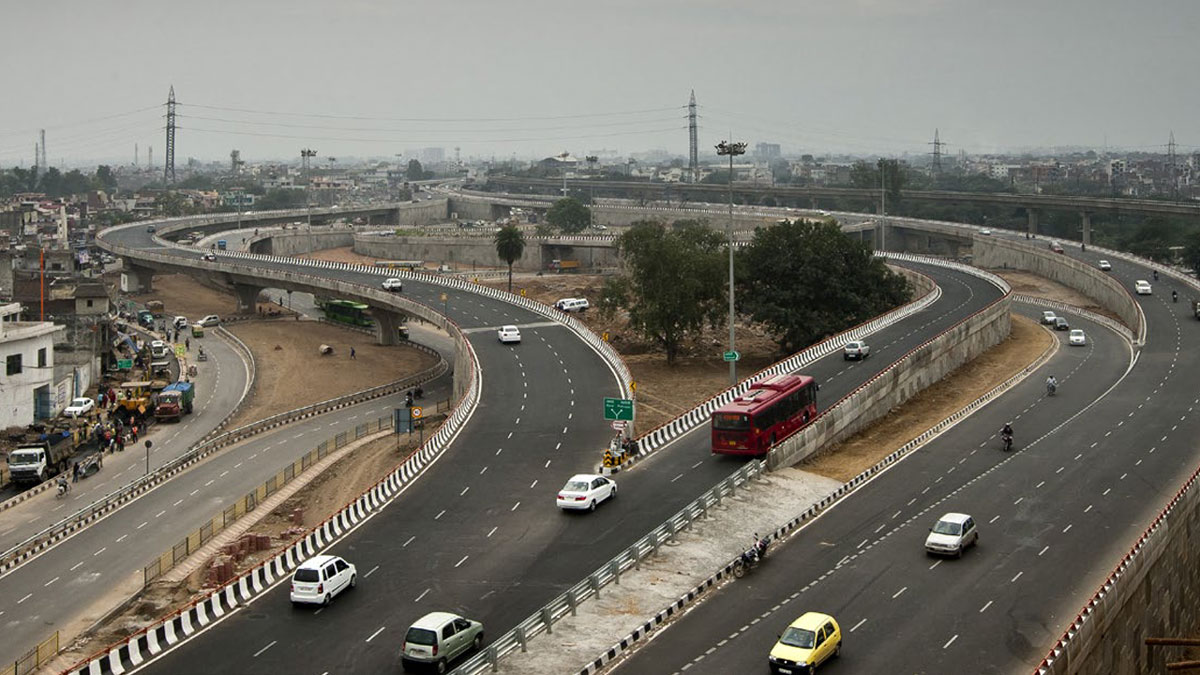

The Hybrid Annuity Model (HAM) has become the backbone of Bharatmala 1 & 2. Around 70 per cent of projects are given on HAM by NHAI. Under HAM, NHAI funds 40 per cent of the construction cost while 60 per cent is funded by the developer with own finance. NHAI makes a payment of 60 per cent of the construction cost along with interest on the outstanding amount (bank rate +3 per cent) and O&M cost over a period of 15 years to the developer, who is required to maintain the road for 15 years. As NHAI takes the responsibility of toll collection, the developer is not exposed to toll risk. Hence,this was a preferred mode for developers.
However,developers have become aggressive and started bidding with a low O&M budget to get a better NPV (net present value). Having realised this,NHAI has suggested changes in HAM biddings. The table below gives a summary of changes in the bidding criteria of NHAI HAM projects.
|
S. No. |
RFP and MCA Condition earlier |
RFP and MCA conditions now as per notice dated May 23, 2022 |
|
1 |
Bids to be assessed on bid price, where bid price is
equal to sum of NPV of ‘bid project cost’ and NPV of ‘O&M cost’ quoted by
the bidder |
Bids to be assessed on bid project cost criteria
|
|
2 |
O&M payments during concession period ·
First year
O&M cost quoted by bidder adjusted for price index multiple + GST to be
paid along with the annuities on biannual basis |
O&M payments during concession period will be a
fixed percentage of the bid project cost quoted by the bidder.
It should be noted that the O&M payment will be
adjusted on account of variation in price index. The bid project cost shall
be reckoned with reference to amount specified in clause 23.1 – ‘bid project
cost’, which shall be adjusted to the extent of change of scope and reduction
in scope but shall not include any price adjustments in pursuance of
variation of price index.
The above O&M payments shall be inclusive of all
taxes.
|
O&M payment
structure
NHAI has
announced the following structure for payment of O&M for different types of
roads:
|
Year |
Flexible perpetual payment including structures |
For rigid pavement with 10-year maintenance period
including structures |
For standalone bridge/tunnel works |
|
1 |
No maintenance charges to be paid |
No maintenance charges to be paid |
No maintenance charges to be paid |
|
2 |
0.40% of BPC |
0.20% of BPC |
0.20% of BPC |
|
3 |
0.40% of BPC |
0.20% of BPC |
0.20% of BPC |
|
4 |
0.40% of BPC |
0.20% of BPC |
0.20% of BPC |
|
5 |
0.60% of BPC till laying of renewal layer or end of
concession period, whichever is earlier |
0.40% of BPC |
0.20% of BPC |
|
6 |
2.4% of BPC for renewal layer |
0.40% of BPC |
0.20% of BPC |
|
7 |
0.40% of BPC |
0.40% of BPC |
0.40% of BPC |
|
8 |
0.40% of BPC |
0.40% of BPC |
0.40% of BPC |
|
9 |
0.40% of BPC |
0.60% of BPC |
0.40% of BPC |
|
10 |
0.40% of BPC |
0.60% of BPC |
0.40% of BPC |
|
11 |
0.60% of BPC till laying of 2nd renewal
layer or end of concession period, whichever is earlier |
0.60% of BPC |
0.40% of BPC |
|
12 |
2.4% of BPC for renewal layer[1] |
0.60% of BPC |
0.40% of BPC |
|
13 |
0.40% of BPC |
0.60% of BPC |
0.40% of BPC |
|
14 |
0.40% of BPC |
0.60% of BPC |
0.40% of BPC |
|
15 |
0.40% of BPC |
0.60% of BPC |
0.40% of BPC |
What necessitated the change in bidding criteria?
About the author: Vijay Agrawal heads Infrastructure and Real Estate Practice at Equirus with more than 25 years of professional experience. He has completed multiple transactions in the infrastructure sector and has advised clients in all sectors with focus on infrastructure and real estate. He has been involved in more than 150 M&A transactions as part of Big four Due Diligence team. He is on Editorial Advisory Board of Construction World Magazine.